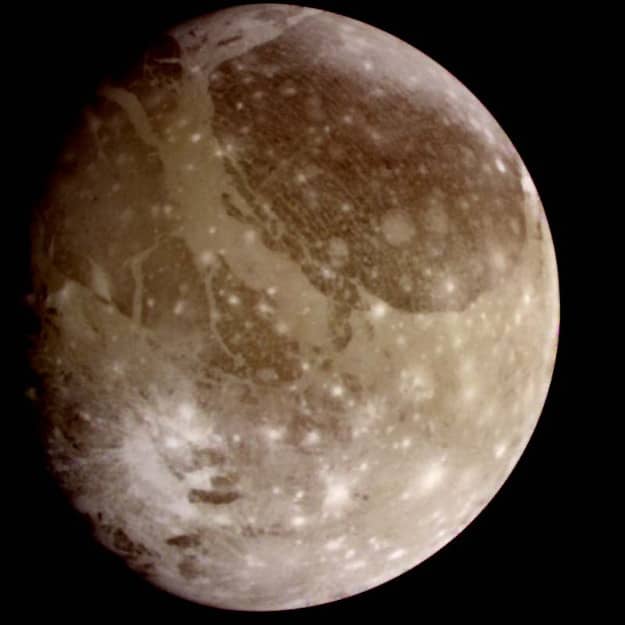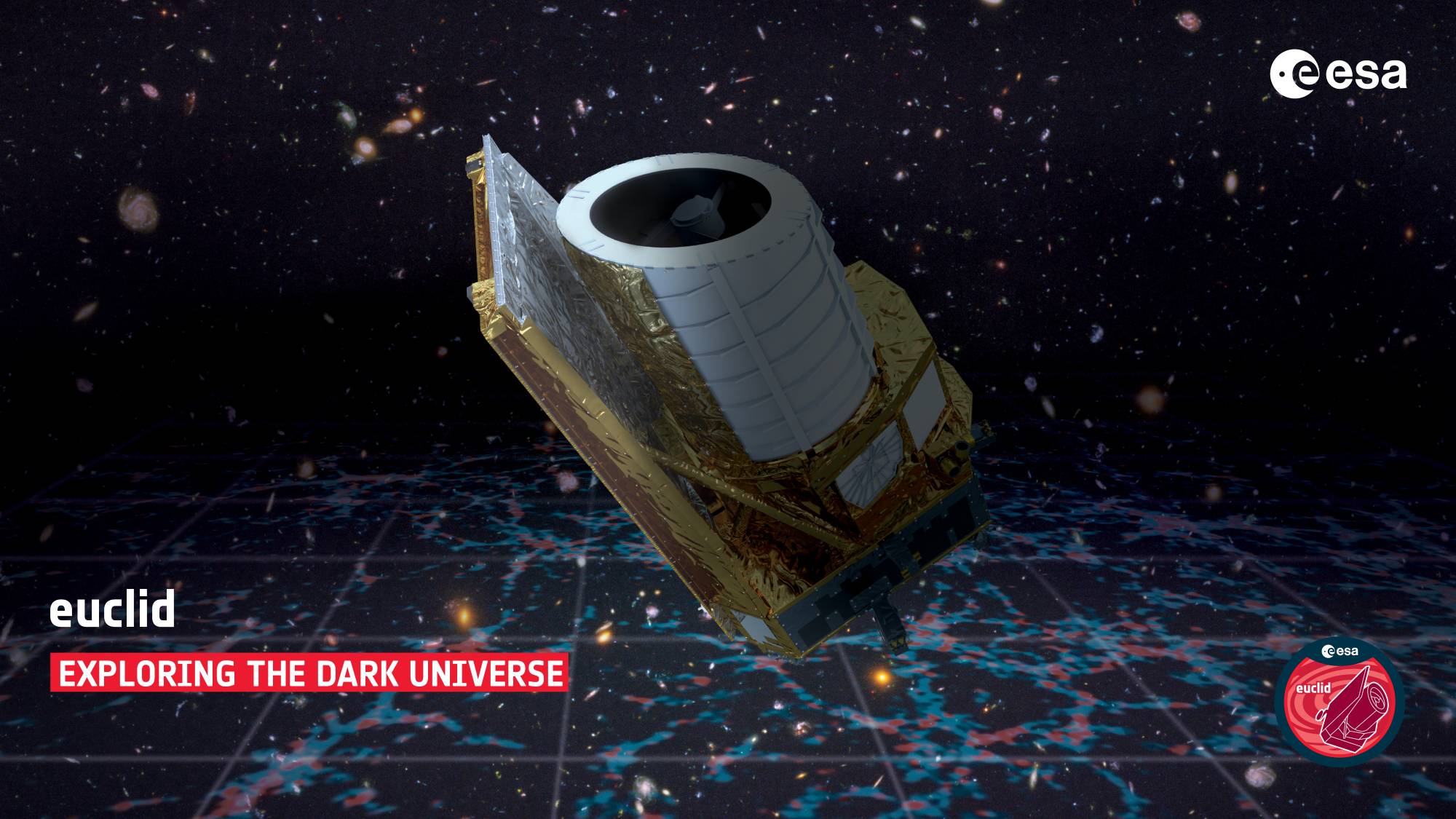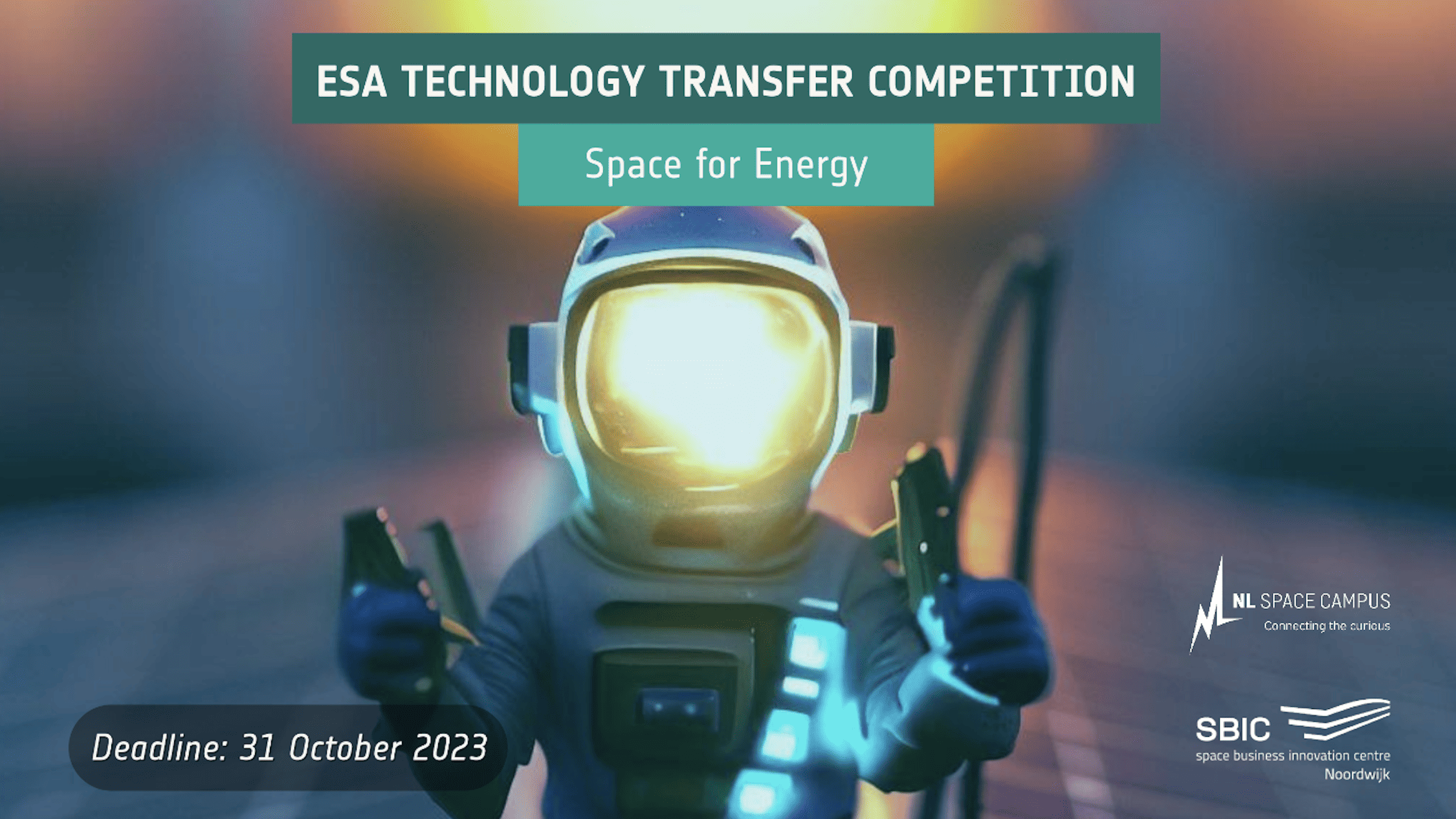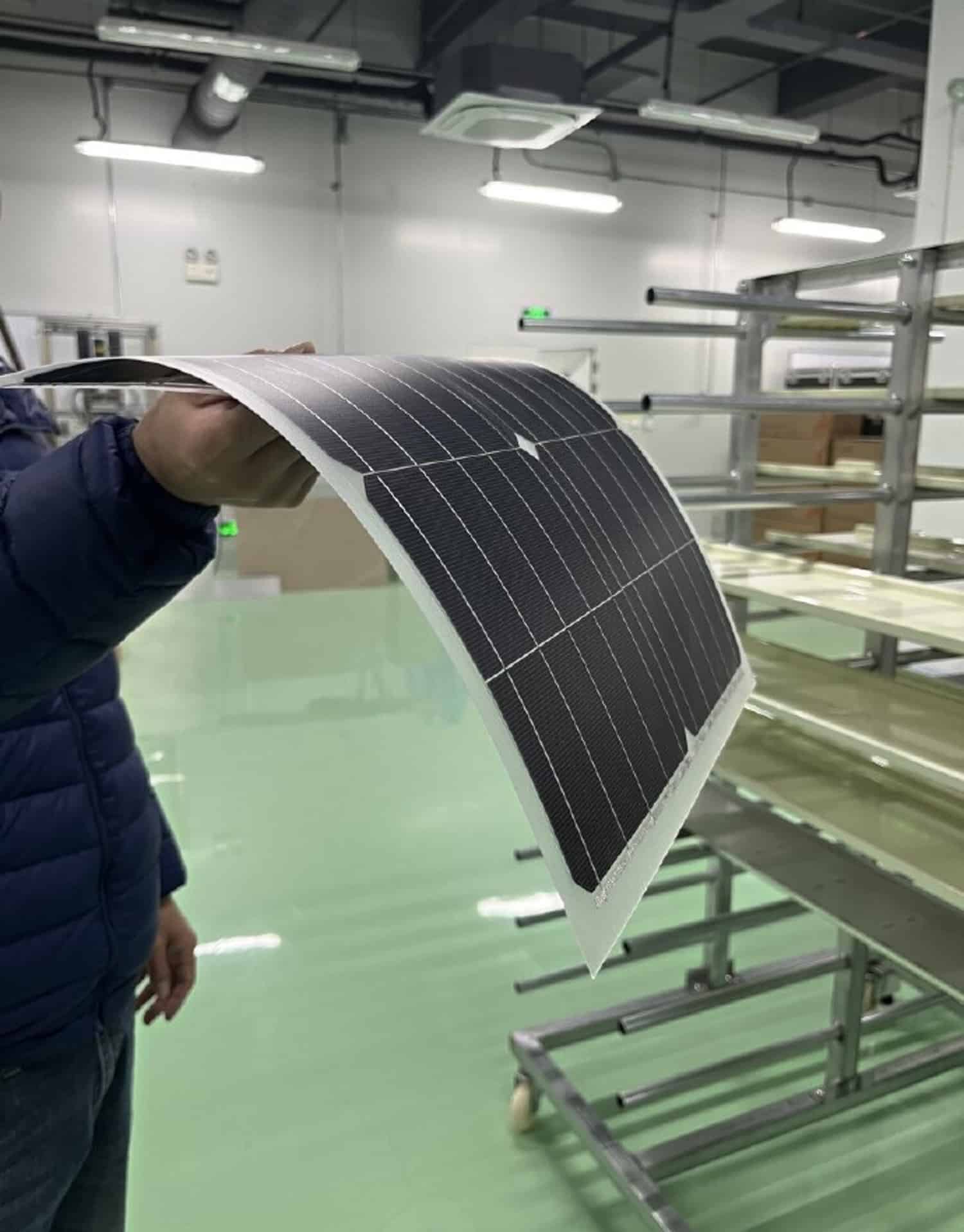
ESA’s Jupiter Icy Moons Explorer (Juice) mission is set to explore Jupiter and its hidden oceans beneath the icy surfaces of its moons. The spacecraft must endure Jupiter’s intense radiation belts. To safeguard Juice’s sensitive electronics, they are stored in lead-lined vaults, and its mission trajectory is optimized to minimize radiation exposure. The spacecraft is powered by state-of-the-art gallium arsenide triple-junction solar cells tailored for Jupiter’s cold and dark environment. This extraordinary endeavor will help us learn a lot about Jupiter’s icy planets, and the advanced technology used in this mission has already benefited us here on Earth. One of the most exciting aspects of the mission is the close encounter with Ganymede, Jupiter’s largest moon.
Delving into the ocean worlds
The primary objective of the Juice mission is to study the three large ocean-bearing moons of Jupiter: Ganymede, Europa, and Callisto. Each of these moons is unique in its own right, with Ganymede being the primary target of the mission. Ganymede has an intrinsic magnetic field and complex interactions with Jupiter’s magnetosphere. It is believed to have a subsurface saltwater ocean, holding more water than all of Earth’s surface combined. The mission aims to determine the ocean’s depth, extent, interaction with Ganymede’s interior, and the potential for habitability.

Juice will also study the smaller moons such as Io, Metis, Adrastea, Amalthea, and Thebe, which orbit within Jupiter’s dusty rings. It will monitor Jupiter’s chemistry, structure, dynamics, weather, climate, and the hot upper atmosphere. The mission will investigate Jupiter’s magnetic environment (magnetosphere), ring systems, and interactions between the atmosphere, magnetism, moons, and dusty rings. Jupiter serves as a model for gas giants across the universe, helping us understand habitable places in Jupiter-like systems.
Exploring Ganymede’s interior and surface
Juice aims to uncover the secrets of Ganymede’s interior composition and structure, which consists of rocks, ices, and a liquid iron-rich core. The mission will determine the thickness and composition of the moon’s layers, its evolution, the differentiated structure, and the generation of the core’s magnetic field. Utilizing ice-penetrating radar, the spacecraft will probe Ganymede’s subsurface up to 9 km in depth, determining crust thickness, detecting liquid water, and examining tectonic features and geological evolution.
The surface study will focus on the old, dark, cratered regions and the light, young, grooved regions of Ganymede. The mission aims to investigate surface geological processes, local geology, and perform high-resolution mapping. The search for biosignatures will involve constraining the composition, mineralogy, and habitability assessment of Ganymede. The mission will explore the origin and evolution of surface materials and the interaction of these substances with the plasma environment. Juice will be the first spacecraft to orbit an outer Solar System moon during its eight-month orbital tour.
Overcoming technical challenges
One of the significant challenges for the Juice mission is the potential surface damage to silver interconnectors due to erosive atomic oxygen around Ganymede. ESA materials engineer Adrian Tighe explains that atomic oxygen is experienced in Earth orbit and that all Earth-orbiting missions below about 1000 km altitude are designed to resist it. To test the silver interconnect’s susceptibility to atomic oxygen exposure combined with low-temperature ‘thermal cycling’, the Low Earth Orbit Facility (LEOX) in the Netherlands was used. The LEOX uses a laser to dissociate molecular oxygen into atomic oxygen at energy levels equivalent to orbital speed, simulating the space environment.
ESA materials engineer Gabor Milassin reports that the general effects of atomic oxygen exposure were evident on the sample interconnectors, but it was only a surface effect, and no major cracks were observed that could compromise the functionality of the interconnects. The silver interconnects were deemed suitable for the mission to Ganymede. Other Juice-related tests included evaluating multi-layer insulation, adhesive tapes, and thermal control coatings. The mission faces varying temperatures, from the high-temperature environment during the Venus flyby to the colder environment around Jupiter.
Unlocking the secrets of Jupiter and beyond
As the Juice mission embarks on its journey to Jupiter on 13 April 2023, it will face various challenges and make groundbreaking discoveries about Jupiter’s icy moons and their potential habitability. The advanced technology used in this mission, such as the state-of-the-art solar cells and lead-lined vaults, has already made a significant impact on Earth. The close encounter with Ganymede will provide valuable information about the moon’s interior, surface, and potential habitability. The Juice mission promises to unlock the secrets of Jupiter and its moons, advancing our understanding of the universe and the potential for life beyond Earth.







